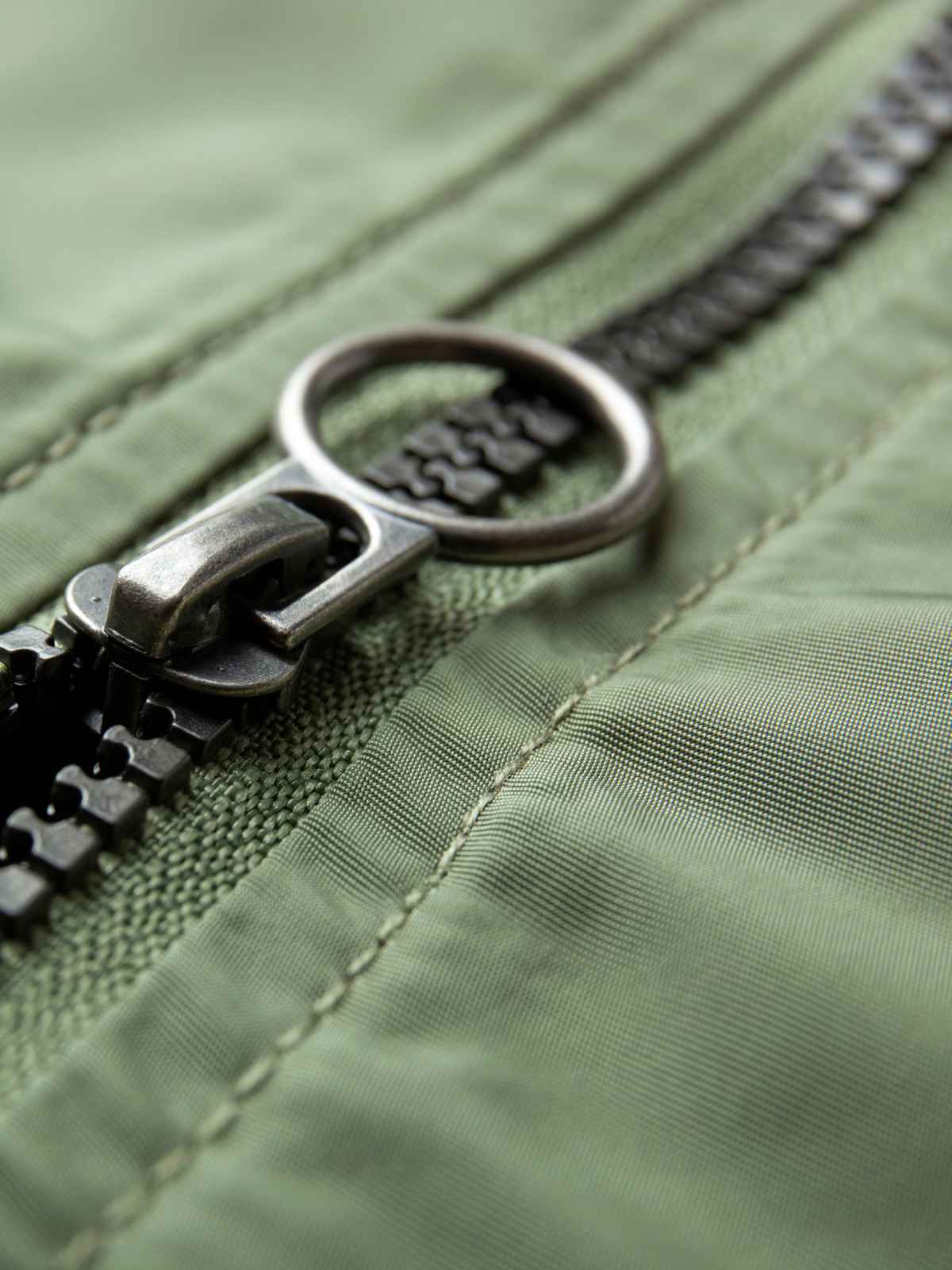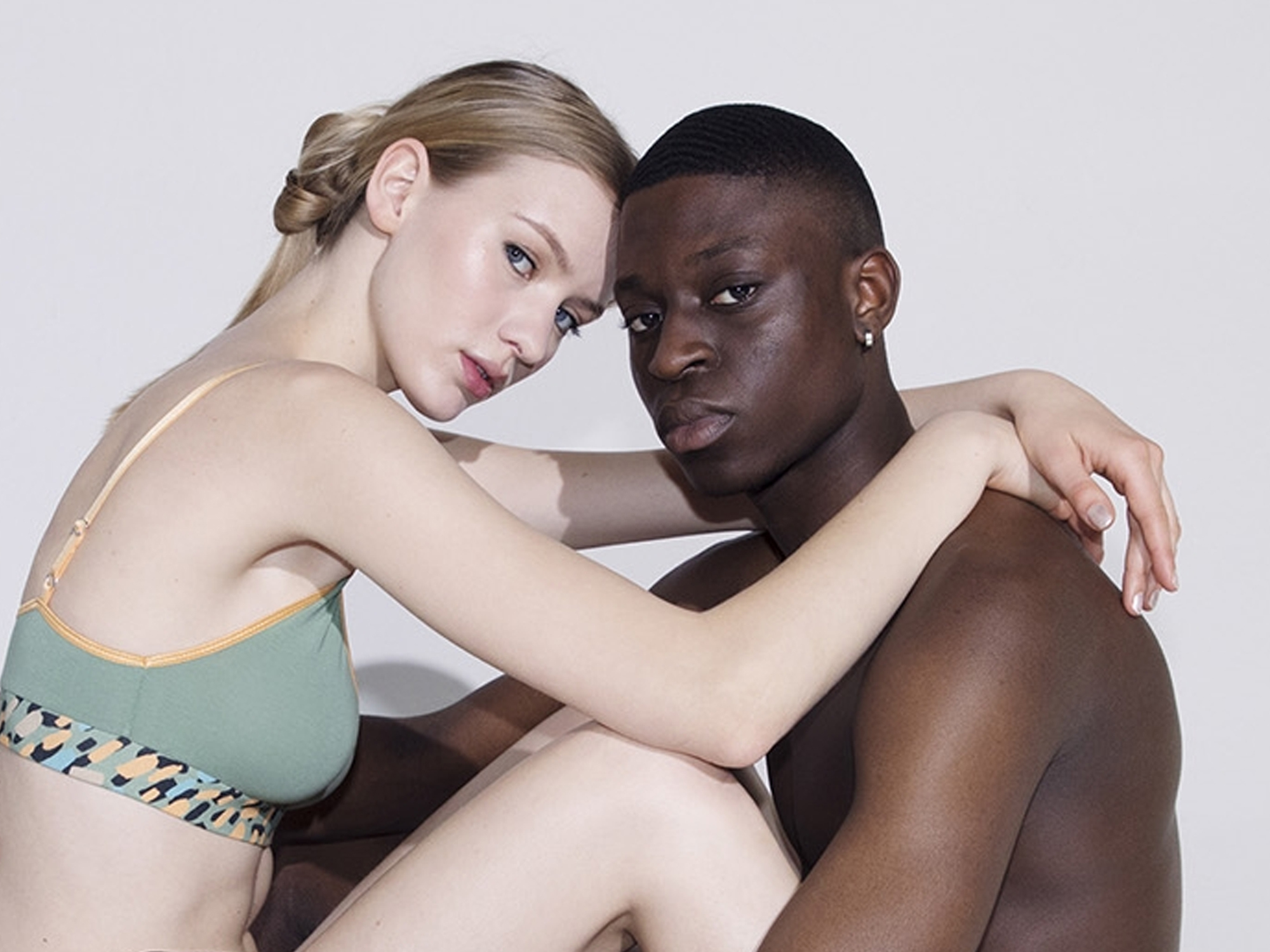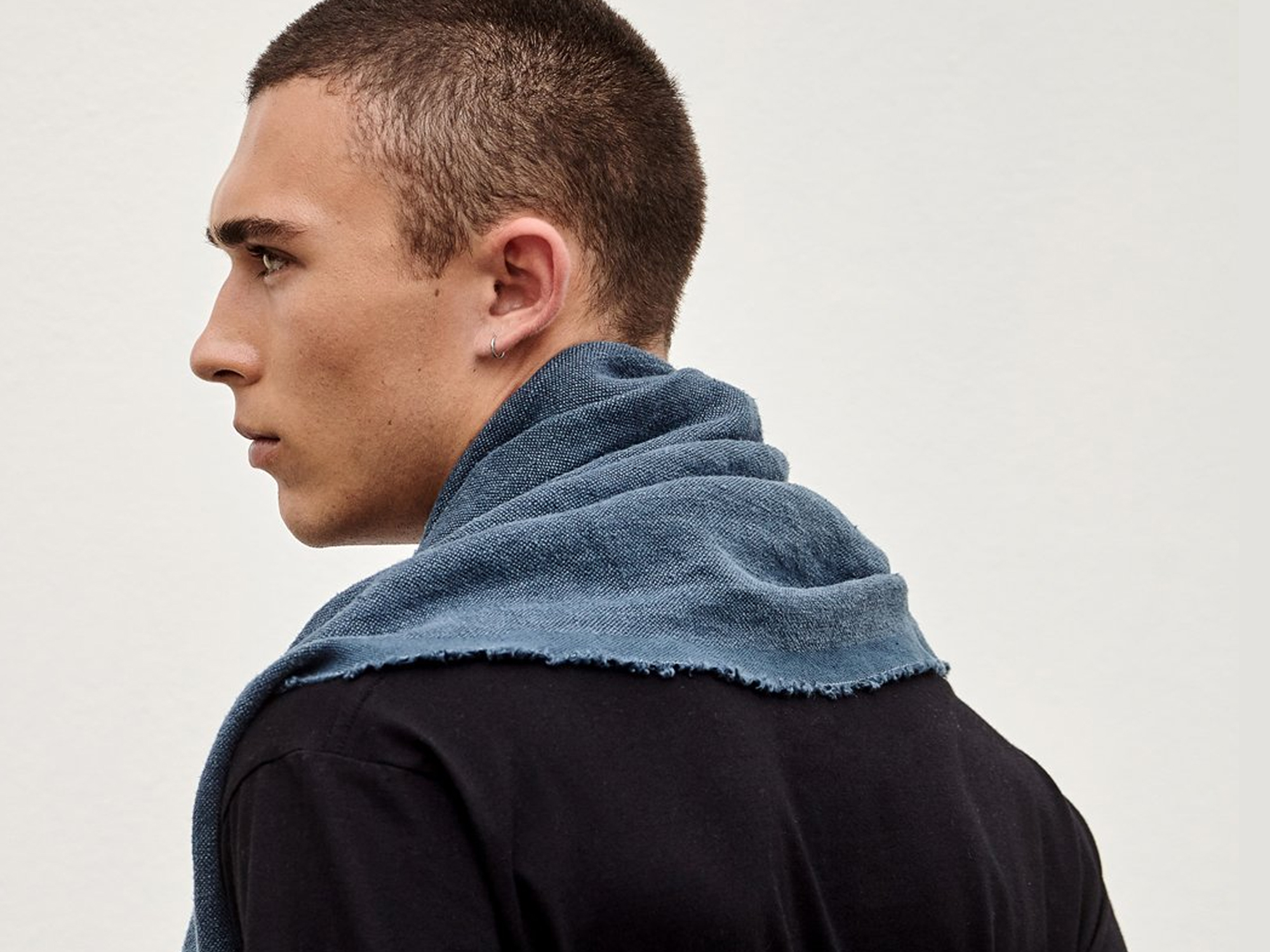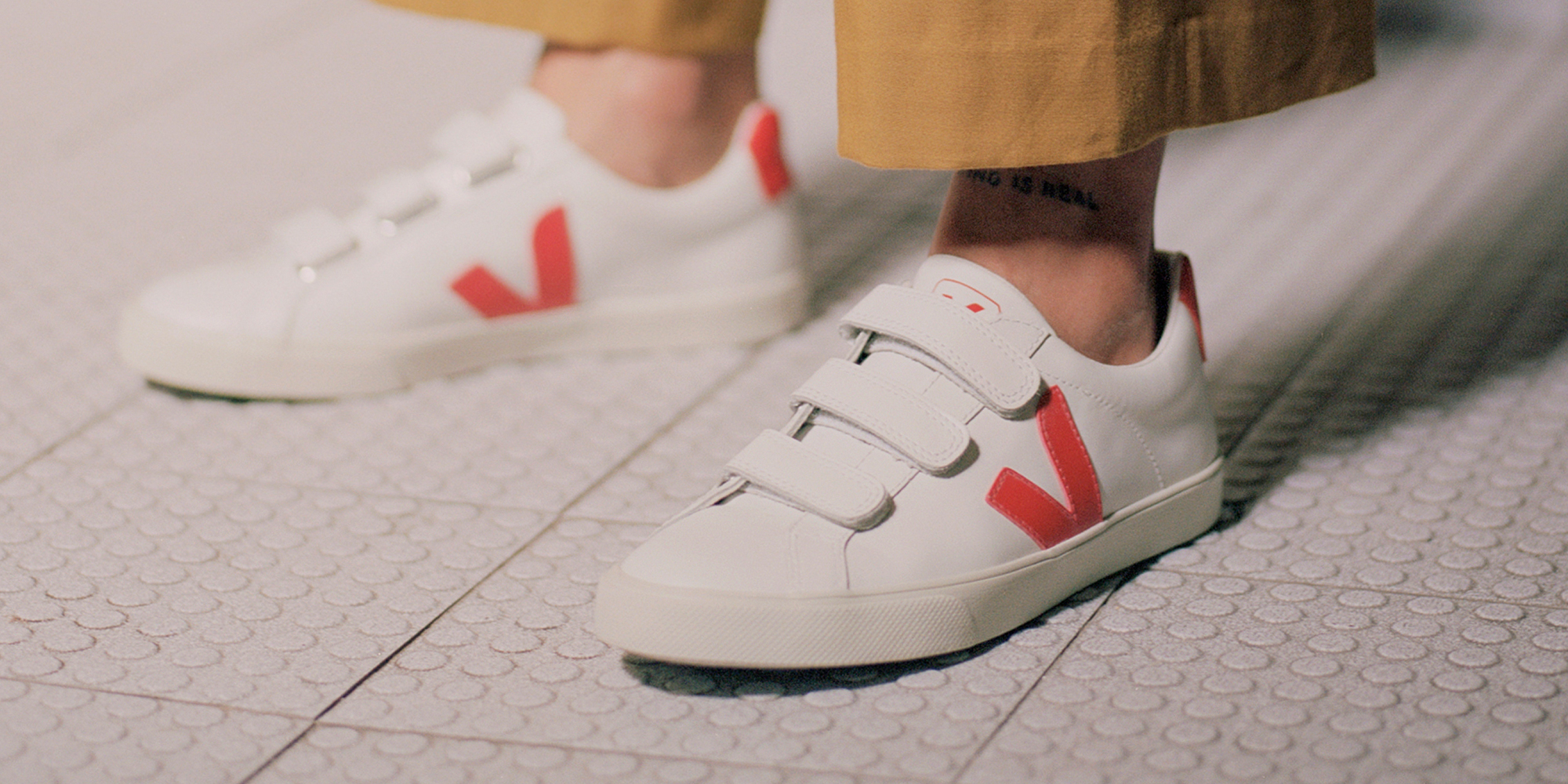Polyurethane is often used as a fabric coating to improve durability and has been touted as an alternative to animal-derived leather—but it is a plastic, and it has serious implications for the planet. Here, we explore what polyurethane is and whether it can ever be considered sustainable.
What is polyurethane and how is it used in fashion?
Polyurethane, or PU, is a plastic material that can exist in both rigid and flexible forms, making it a versatile and popular material with a diverse range of applications and qualities. It was invented in 1937 by Otto Bayer and became more widely available following World War II when it was used in aircraft construction. Today, it’s used in everything from car parts to clothes, accessories, building insulation, tyres, phone cases, medical implants, and as a protective coating.
The exact process of manufacturing polyurethane depends on the kind of product it will be made into, but it involves mixing two chemicals together, which react to create a formula that can be altered to meet the needs of manufacturers (such as adding flame retardants to polyurethane that’s going to be used in furniture).
In fashion, polyurethane is used to make shoe soles, as an abrasion-resistant or waterproof coating for fabrics, as lamination for leather (also called bicast leather), or in swimwear thanks to its elasticity. And perhaps the most predominant use of polyurethane in fashion today is as an alternative to animal leather.
Why is polyurethane used in vegan fashion?
“It’s common for polyurethane to crop up in so-called ‘sustainable’ vegan leather as it’s usually needed to impart durability to materials, but it should be remembered that it’s still a kind of plastic at the end of the day,” explains Kate Hobson-Lloyd, fashion ratings manager at Good On You.
Polyurethane, alongside PVC, is one of the most common synthetic materials used to make vegan leather (also known as pleather, leatherette, or faux leather). PVC is suggested to be the worst of the two when it comes to toxicity, but ultimately, both PVC and polyurethane are still plastics that incorporate chemicals and can release them if not handled properly. Not to mention that they won’t biodegrade for a very, very long time—if ever.
Other vegan leathers that use plant-based materials such as pineapple leaves or apple peel as the predominant fibre may still be mixed or coated with polyurethane for durability, so it’s important to check a product’s label or brand website for any vegan leather you’re thinking of buying. It’s not always easy to find out whether polyurethane has been used in the formulation of such materials though, so if you’re in doubt, reach out to the brand for more information.
Is polyurethane sustainable?
Polyurethane is derived from fossil fuels, contributing to greenhouse gas emissions and climate change and draining the Earth’s resources—all for the sake of clothes and car parts. And as a plastic, polyurethane does not break down easily, so it’ll persist in landfills for hundreds of years to come, whilst also leaching chemicals and microplastics into the environment. Polyurethane leather alternatives—and plant-based versions that are mixed with polyurethane—are not commonly recycled, either.
Another challenge with polyurethane is that isocyanates are used in its manufacture. This group of chemicals is hazardous to humans and can cause asthma, skin, eye, and respiratory tract irritation, and in serious cases, liver and kidney dysfunction—posing a real risk to the workers involved in polyurethane’s production. And while these chemicals become non-toxic once they are hardened or cured into polyurethane, the risk returns if the material is heated or burned, meaning improper disposal of polyurethane could release toxic substances into the air.
There are new forms of polyurethane derived from biological materials such as vegetable oils, and water—often called bio-based polyurethane—but that doesn’t necessarily mean they are sustainable because they’re still a form of plastic. Though they may biodegrade quicker than fossil fuel-based polyurethane depending on their formulation and the conditions they’re disposed in. And there’s evidence to suggest that they too release microplastics.
Our conclusion? Polyurethane is not a sustainable material and contributes to environmental damage as well as impacting the health of workers in the supply chain, so it is best avoided.
A handful of plastic-free alternatives with similar characteristics to polyurethane exist, including the new material MIRUM, cork, and washable paper. If you’re looking for more options, journalist Emma Håkansson’s guide to plastic-free alternatives to animal-derived materials is a good read for vegans, as is our explainer on the most prominent vegan leather alternatives. And check out our ultimate guide to fabrics, which offers a brief overview of the sustainability of the fashion industry’s most common materials.




















